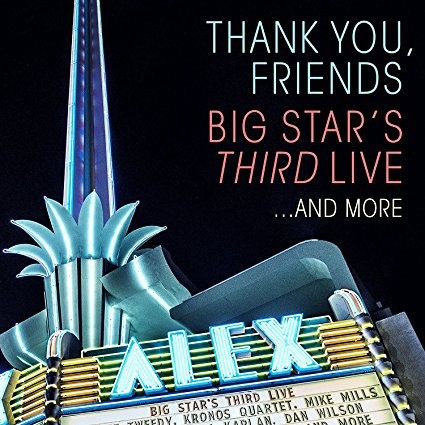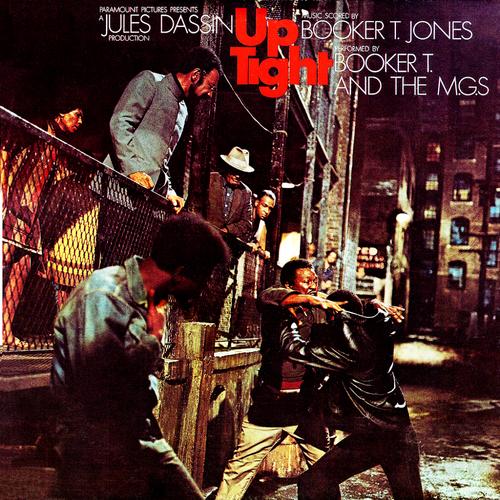Joanne Fish was in Florence, Alabama with her documentary about rockabilly queen Wanda Jackson when she had the idea to make a movie about W.C. Handy. “Music and history are my favorite subjects, so it just made sense.
Doing justice to the origin of the blues was a task that had frustrated many other writers, but Fish, a veteran producer and director for the History Channel and CMT, figured she was up to the challenge. “The history of the blues is a deep subject,’ she says. “You can go down a rabbit hole. The trail led me to Memphis, which is the heart of the Handy story.”

Fish worked on Mr. Handy’s Blues for almost a decade. She made repeated trips to Memphis, where she had the help of Mark and Cathy Caldwell, who she calls “my boots on the ground.” She says her favorite memory of the shoot is arriving on Beale Street for an early morning shoot. “Beale Street at 7 in the morning is completely different from Beale Street at midnight. I would soak up that feeling. It took me back in time.”
Her subject was every bit as deep and fascinating as she had hoped for. “What I learned about Handy was his positive attitude and his brilliance. He was a visionary…He heard something in the music. It’s like he had a vision of where this could go. He wanted to be part of that movement…He studied classical music. He was very aware of what composers were doing around the world. All of the big, classical composers were taking elements of the folk music in their country and incorporating it into their music. He was trying to classicalize blues with his arrangements, and his thinking about what should be done with the form. He took it from its raw form and, in his words, ‘put it on a silver platter.’ Little did he know how much he would influence the future of the city.”
The film features performances by Memphis musicians like Ruby Wilson, Dr. Herman Green and Low Society, the Stax Choir Street Corner Harmonies, and Eric Hughes “He’s a Memphis treasure,” she says of Hughes. “He plays quite a prominent role in the film…The musicians are so generous and kind. We have so many Memphis musicians performing and interviewing in the film.”
Fish hopes Mr. Handy’s Blues brings the composer’s work into the new century. “I feel like his legacy is getting lost,” she says. “I wish the film could be shown all the time on Beale Street. I think it would enhance people’s experience, to see what was going on a hundred years ago.”
Mr Handy’s Blues screens at 1:00 PM on Saturday, November 4 at Playhouse On The Square. For tickets and more information, go to the Indie Memphis website.

